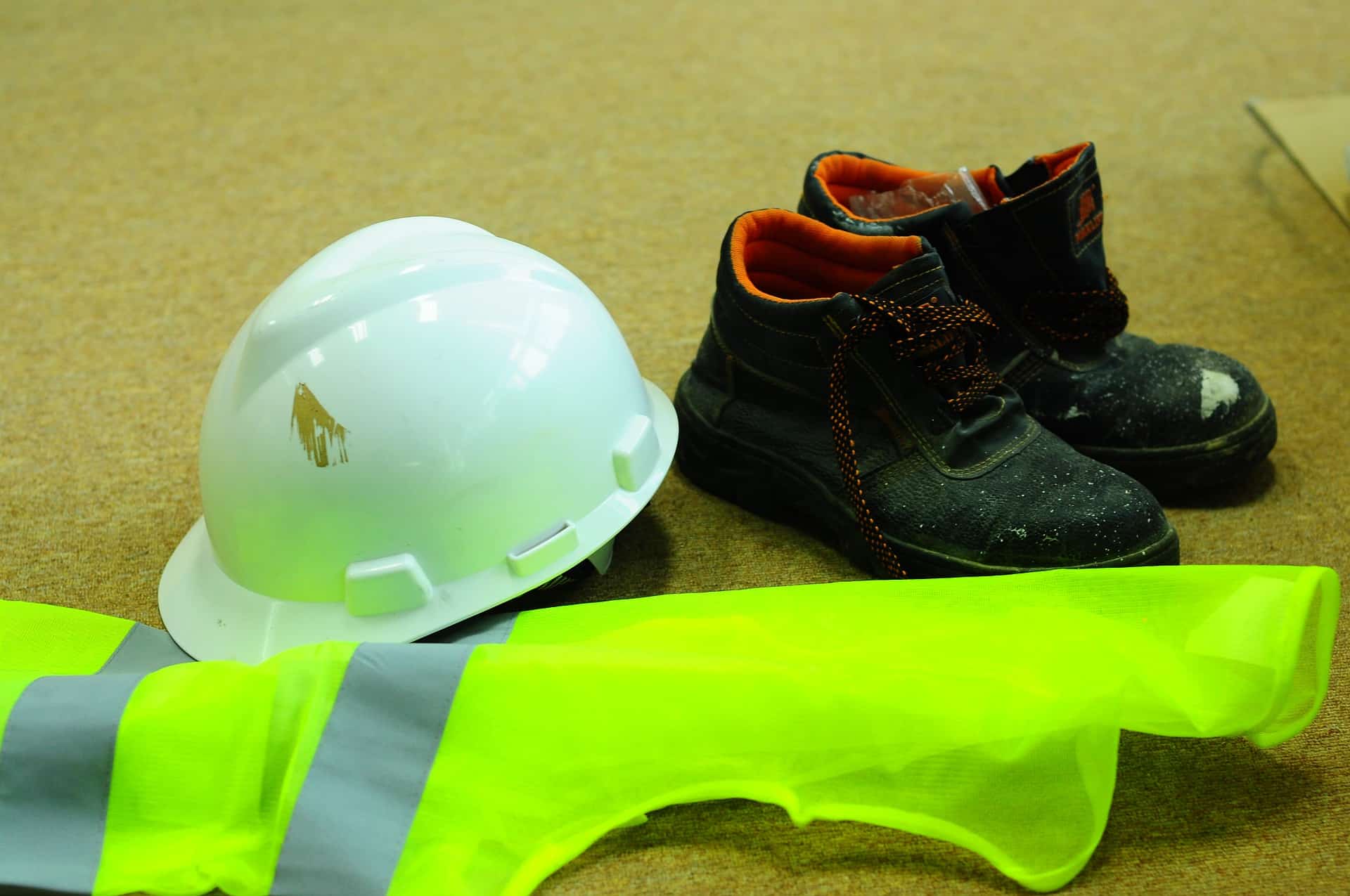How to Avoid Workplace Accidents Waiting to Happen

Do workplace accidents just “happen”? A lot of people think that way. Ever hear a worker explain away how he tripped and fell? (Over nothing!) Or got a glove caught in the machinery? (Whew, that was a close call!) Or bumped his head on an overhead pipe? (Forgot it was there!) He may explain that it’s no big deal because, you know, “accidents happen.”
But ignoring an accident that just “happened” and had little consequence can be a big “accident waiting to happen” when not examined more closely.
How do you avoid an accident waiting to happen? By investigating the incident thoroughly using evidence collection skills. Evidence collection is key to a solid root cause investigation. An investigator should look for evidence in multiple categories.
Use 3 Ps and an R when investigating workplace accidents.
“3 Ps and an R” is a term we use to remember four categories of evidence to collect during an investigation:
- People
- Physical
- Paper
- Recordings
In an investigation, we tend to lean on People evidence. This includes interviewing witnesses. You can learn a lot from people but don’t stop there.
Look into the Physical (sometimes referred to as Plant) evidence. Do a walk-through of the incident site and collect any physical evidence that stands out. This includes taking photographs or video in addition to collecting actual physical evidence to examine, like machinery parts or samples of spilled liquids.
Collect Paper evidence. This would include checklists, policies and any other job-specific paper. Examine paperwork carefully to determine if it’s “too good to be true.”
Finally, look for Recordings evidence. This may include evidence like door swipe data or information on displays. Displays include gauges, thermometers, or any other instrument that displays useful data.
Learn More About Evidence Collection
We have lots of resources to sharpen your evidence collection skills including a webinar, live virtual classroom training and onsite courses. Visit the page below to learn more.



